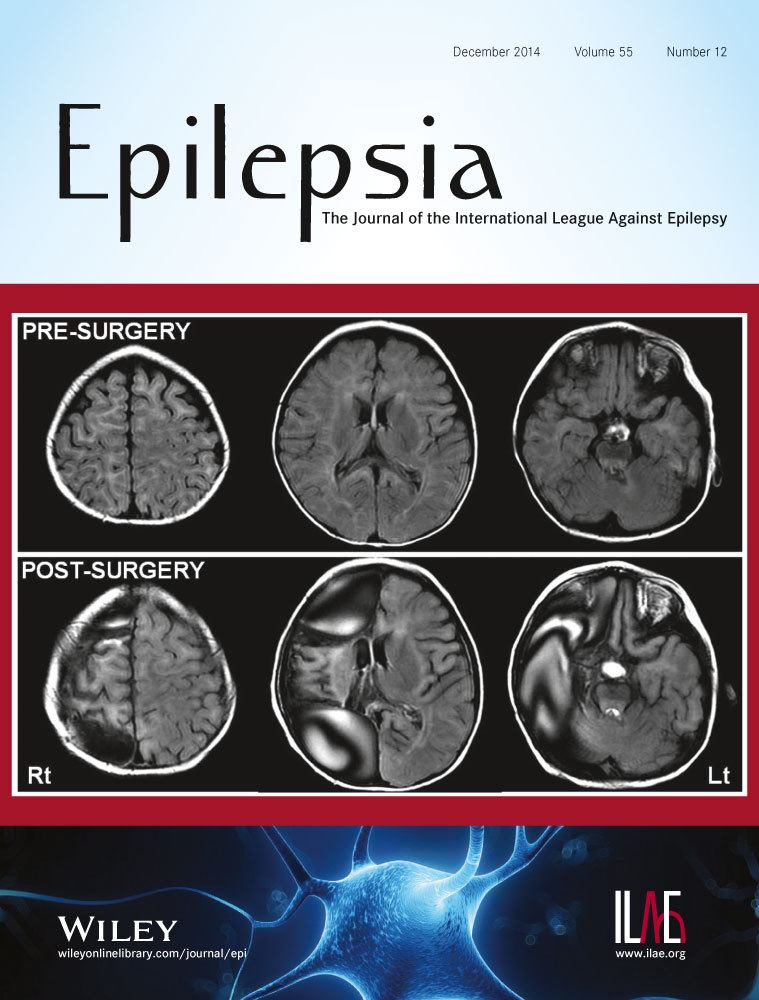Enantioselective pharmacodynamic and pharmacokinetic analysis of two chiral CNS-active carbamate derivatives of valproic acid
Summary
Objective
2-Ethyl-3-methylbutyl-carbamate (EMC) and 2-isopropylpentyl-carbamate (IPC) are among the most potent anticonvulsant carbamate derivatives of valproic acid. EMC and IPC are chiral compounds. Consequently, the aim of the current study was to comparatively evaluate the pharmacokinetic (PK) and pharmacodynamic (PD anticonvulsant activity) profile of EMC and IPC individual enantiomers.
Methods
The anticonvulsant activity of EMC and IPC individual enantiomers was evaluated in several anticonvulsant rodent models including maximal electroshock (MES), 6 Hz psychomotor, subcutaneous (pentylenetetrazole) (scMet), and the pilocarpine-induced and soman-induced status epilepticus (SE). The PK–PD relationship of EMC and IPC individual enantiomers was evaluated following intraperitoneal administration (50 mg/kg) to rats. Induction of neural tube defects (NTDs) was evaluated in a mouse strain that was highly susceptible to teratogen-induced NTDs.
Results
In mice and rats, (2S)-EMC exhibited anticonvulsant activity similar to that of racemic EMC in the MES and scMet tests, whereas in the 6 Hz test, racemic EMC was more potent than its two individual enantiomers. Racemic EMC exhibited a potent activity in the soman-induced SE model when administered 5 and 20 min after seizure onset with median effective dose (ED50) values of 33 and 48 mg/kg, respectively. (2R)-IPC and (2S)-IPC exhibited ED50 values similar to those of racemic IPC in the mouse and rat MES and scMet models. (2R)-IPC had similar ED50 values on the 6 Hz tests. Racemic IPC had an ED50 value of 107 mg/kg in the pilocarpine-induced SE model when given 30 min after seizure onset. Racemic EMC and IPC and their enantiomers had similar clearance (3.8–5.5 L/h/kg) and short half-life (<1 h). EMC and its enantiomers did not cause NTDs at doses 3–10 times higher than their anticonvulsant ED50 values.
Significance
EMC and IPC did not exhibit enantioselective PK, a fact that may contribute to their nonenantioselective activity in any of the anticonvulsant models. The nonsignificant difference between racemic EMC and racemic IPC and their enantiomers, suggests that their wide spectrum of anticonvulsant activity is likely to be caused by multiple mechanisms of action.




